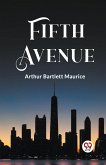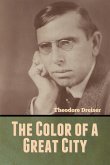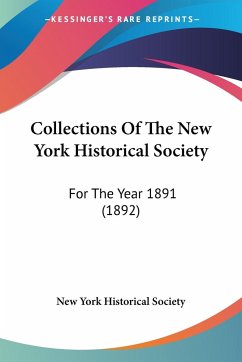The novels of E. R. Eastman (18851970) are in keeping with what is best in historical fiction. He made his characters come alive in and through the conflicts of their times while endowing them with individual traits and predilections. Eastmans work is exemplary of the techniques and the value of historical fiction principally explanatory of time and place, and his novels are worth a read or a reread today.Carol KammenNo Drums takes place during the American Civil War and, set in Central New York, it is populated with the people at home while military battles raged to the south. Eastman is concerned in this book with the homes and hearts of the folks behind the battle lines, the men who did not go to fight, and the women who had to keep up farms and nurture children.
No Drums takes readers into the homes and hearts of the individuals, families, and communities on the home front of the Civil War in Tioga County, New York. First published in 1951, this novel is both a dramatic story of war and a moving tale about living in its shadow. Through a vividly drawn cast of characters centered around George and Nancy Wilson and their family and friends, E. R. Eastman re-creates the daily life of rural America in the mid-nineteenth century-how crops were planted, cultivated, and harvested, how meals were prepared for the table-and the debates that took place in many American homes about the reasons, course, and costs of the Civil War. His narrative moves easily from the small towns of upstate New York to the front lines of war in northern Virginia and into the White House, where Nancy Wilson and her daughter-in-law, Ann, plead with President Lincoln to pardon Nancy's son, Mark, unjustly court-martialed for collaborating with the enemy. "Although the story deals with life during the Civil War," Eastman writes in his foreword, "it is just as timely as now, and will be while men continue to settle their arguments with the sword. It is a story of how people worked, loved, and lived under a great strain. Being a novel, most of the characters are, of course, fictional, but the theme and most of the incidents, situations, and adventures are based on true stories from the lives of people whom I once knew." Available once again, No Drums remains a fitting tribute to the men and women both on and behind the front lines of war.
Hinweis: Dieser Artikel kann nur an eine deutsche Lieferadresse ausgeliefert werden.
No Drums takes readers into the homes and hearts of the individuals, families, and communities on the home front of the Civil War in Tioga County, New York. First published in 1951, this novel is both a dramatic story of war and a moving tale about living in its shadow. Through a vividly drawn cast of characters centered around George and Nancy Wilson and their family and friends, E. R. Eastman re-creates the daily life of rural America in the mid-nineteenth century-how crops were planted, cultivated, and harvested, how meals were prepared for the table-and the debates that took place in many American homes about the reasons, course, and costs of the Civil War. His narrative moves easily from the small towns of upstate New York to the front lines of war in northern Virginia and into the White House, where Nancy Wilson and her daughter-in-law, Ann, plead with President Lincoln to pardon Nancy's son, Mark, unjustly court-martialed for collaborating with the enemy. "Although the story deals with life during the Civil War," Eastman writes in his foreword, "it is just as timely as now, and will be while men continue to settle their arguments with the sword. It is a story of how people worked, loved, and lived under a great strain. Being a novel, most of the characters are, of course, fictional, but the theme and most of the incidents, situations, and adventures are based on true stories from the lives of people whom I once knew." Available once again, No Drums remains a fitting tribute to the men and women both on and behind the front lines of war.
Hinweis: Dieser Artikel kann nur an eine deutsche Lieferadresse ausgeliefert werden.








